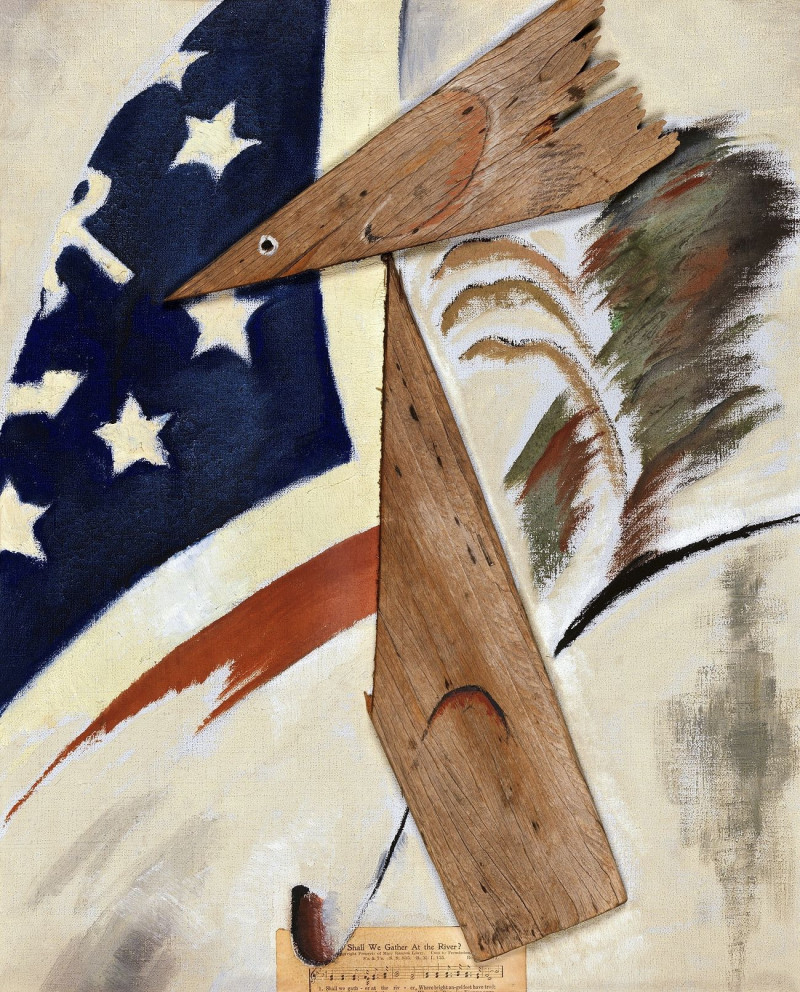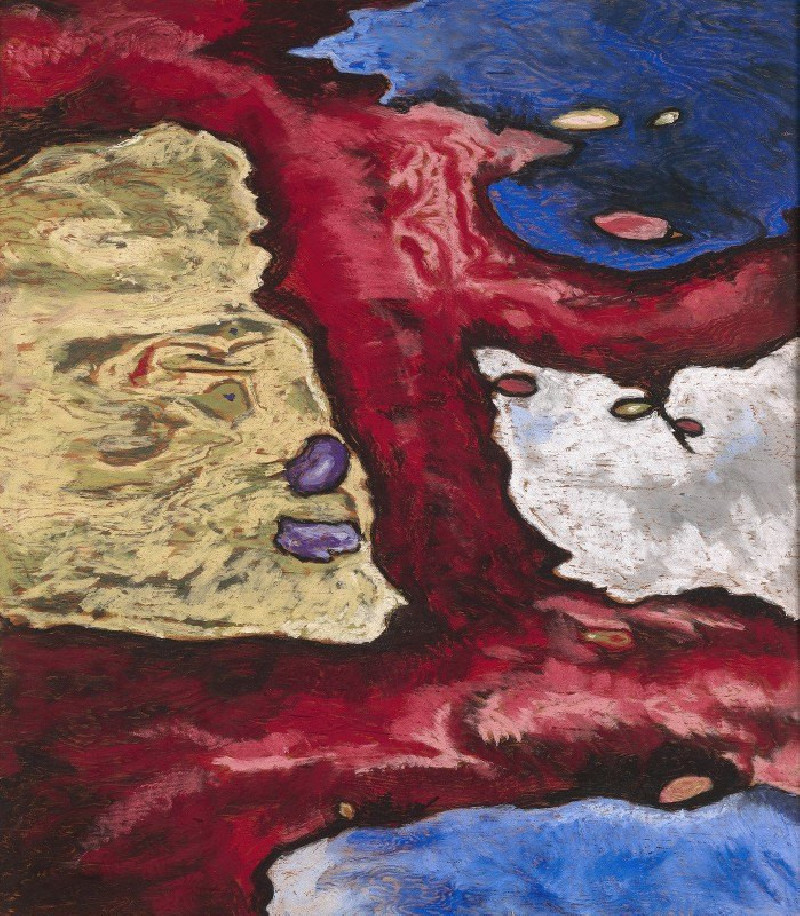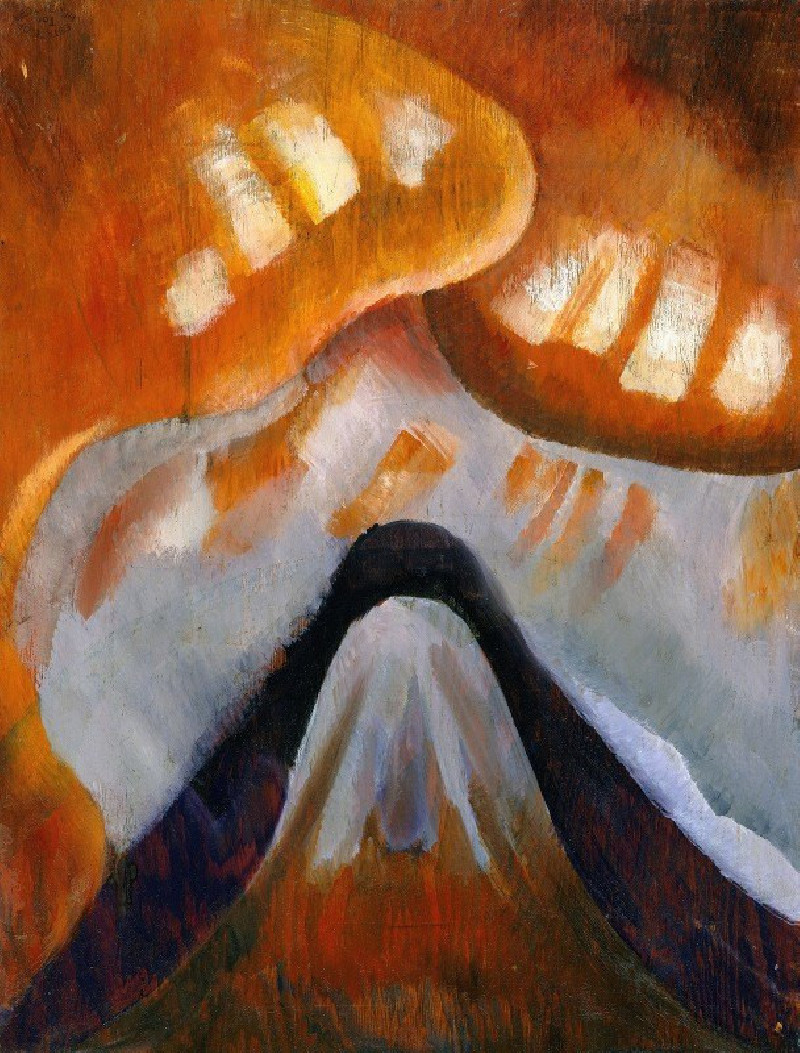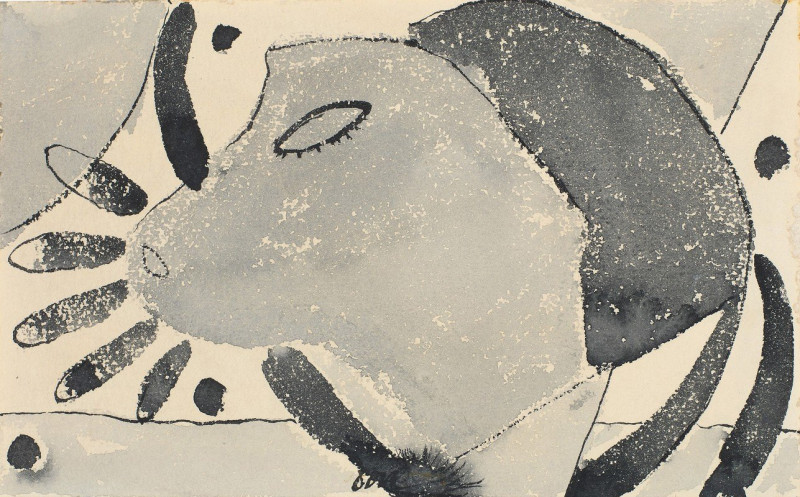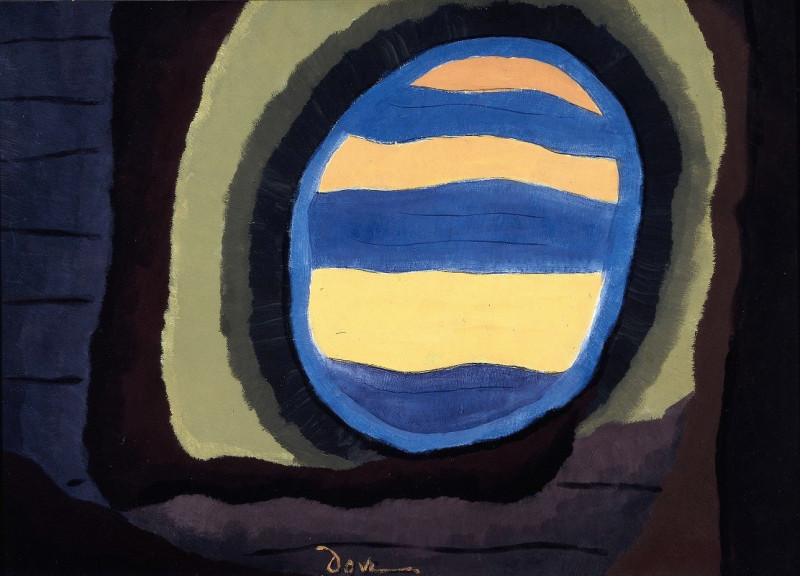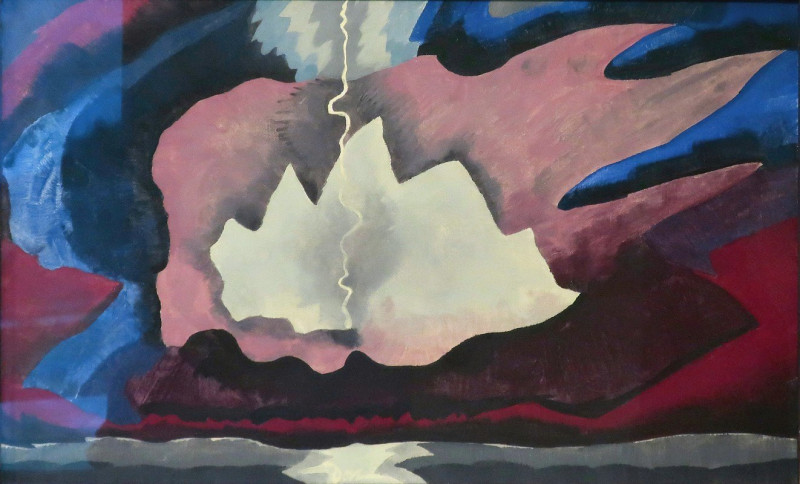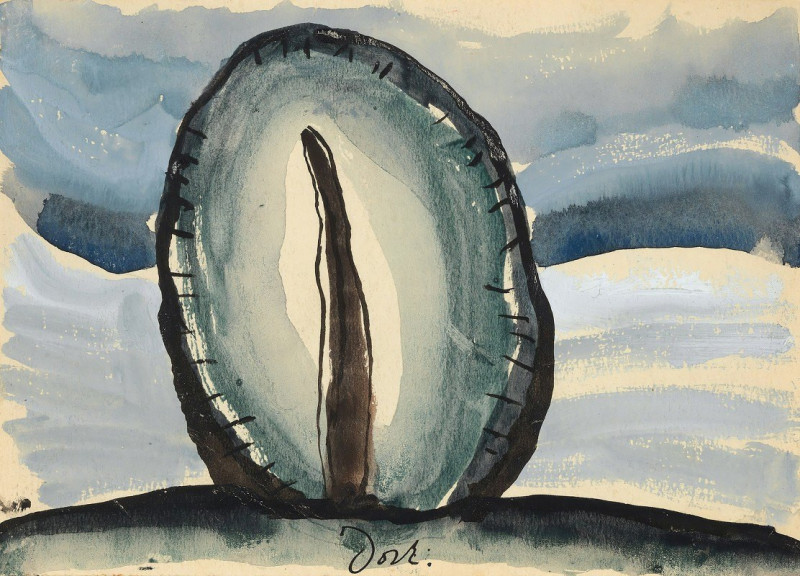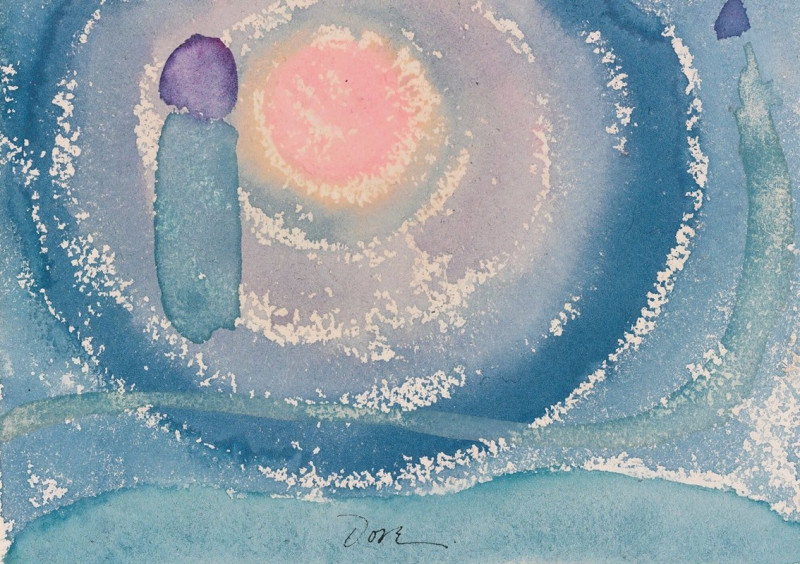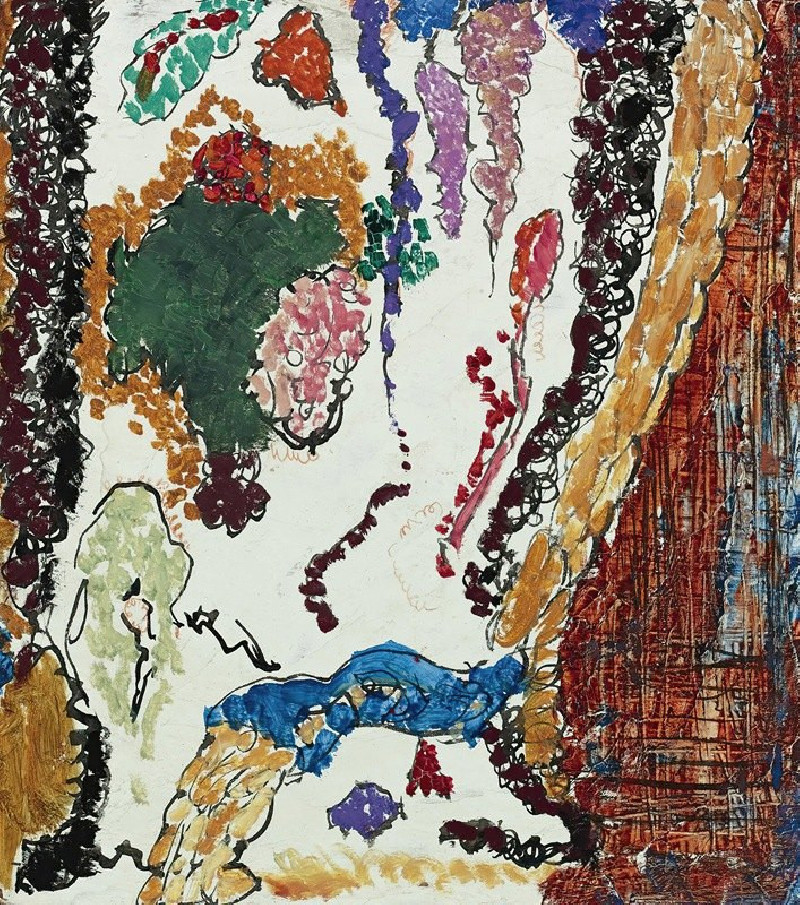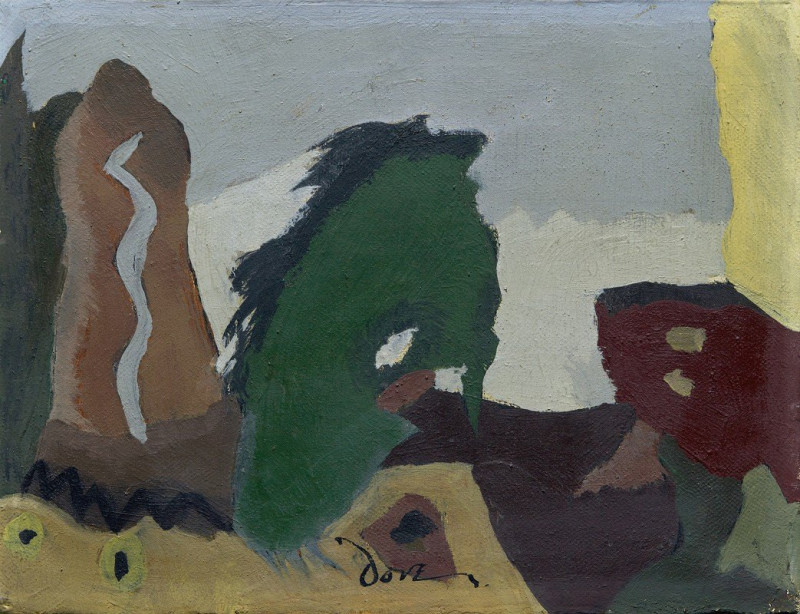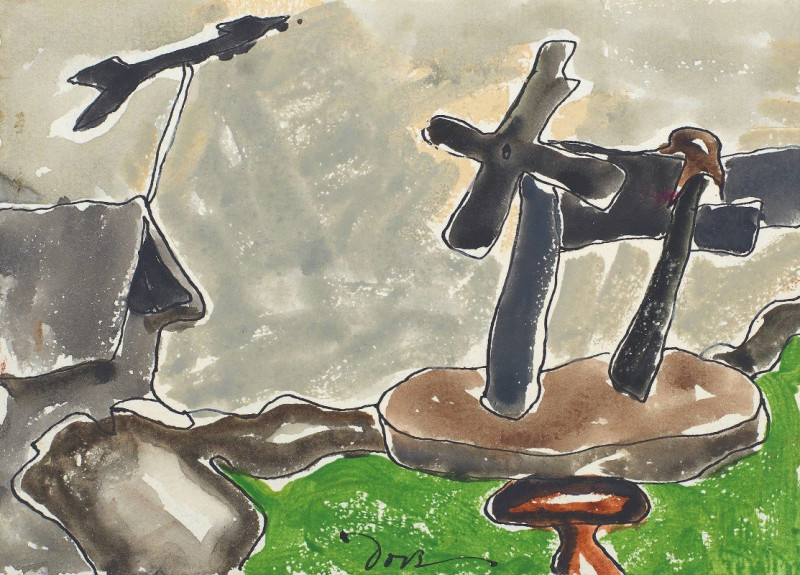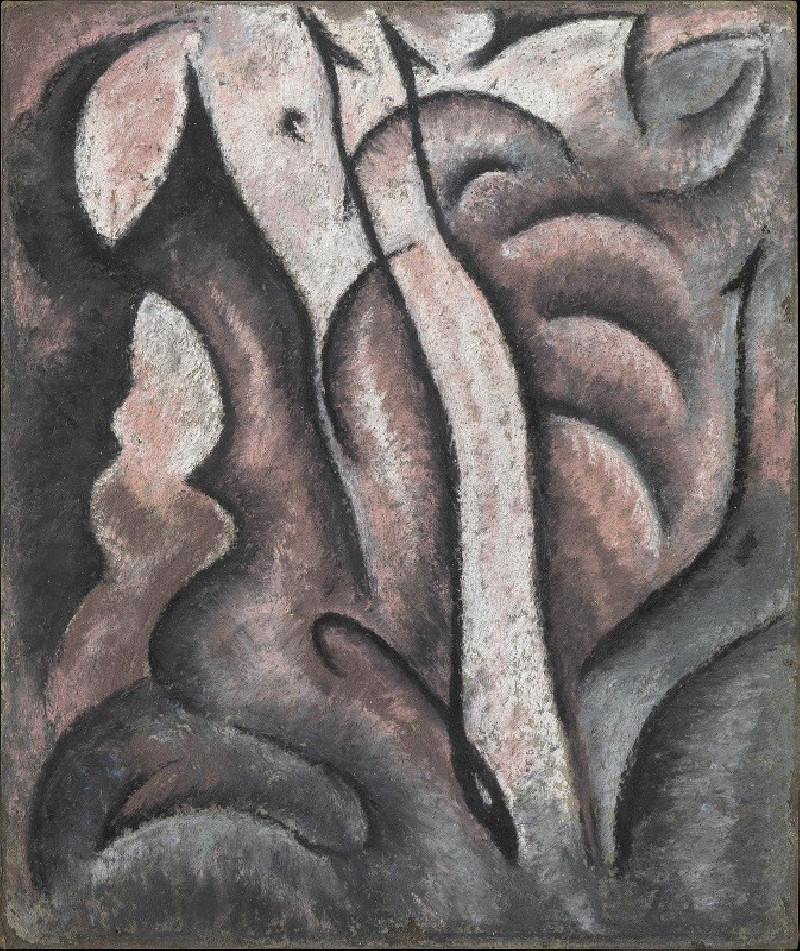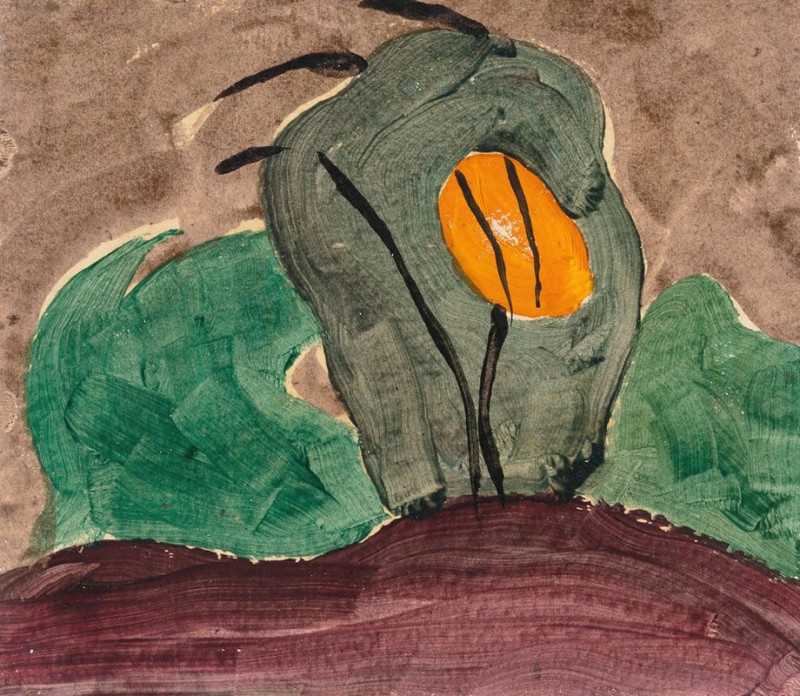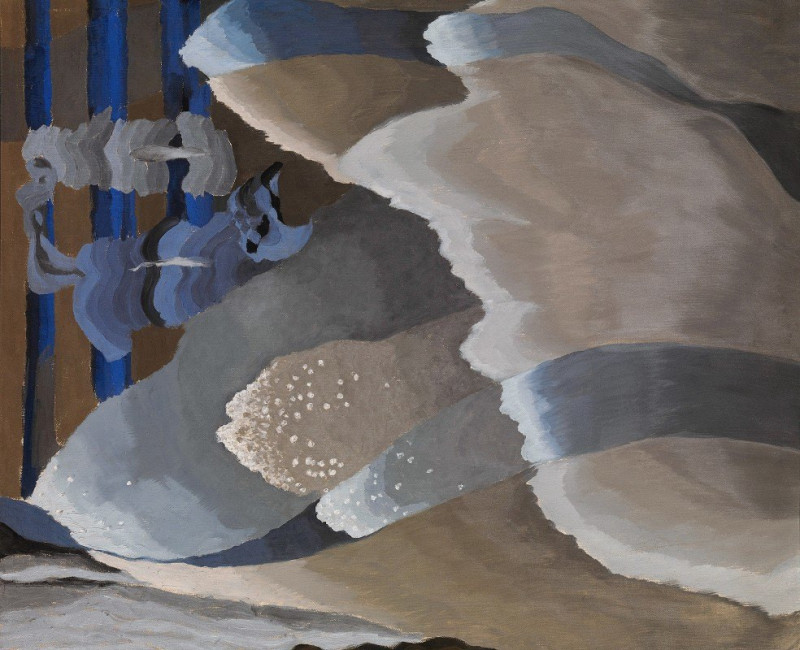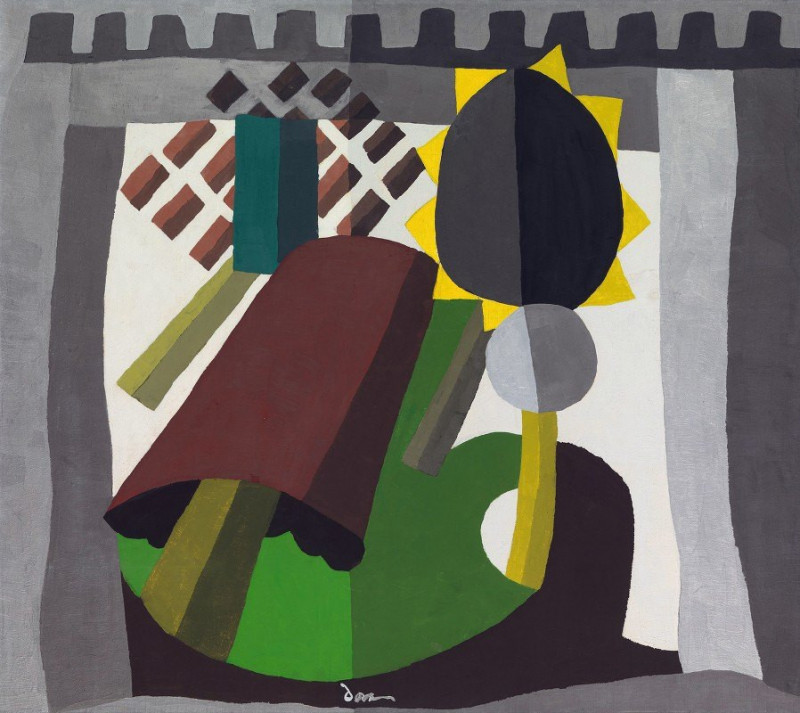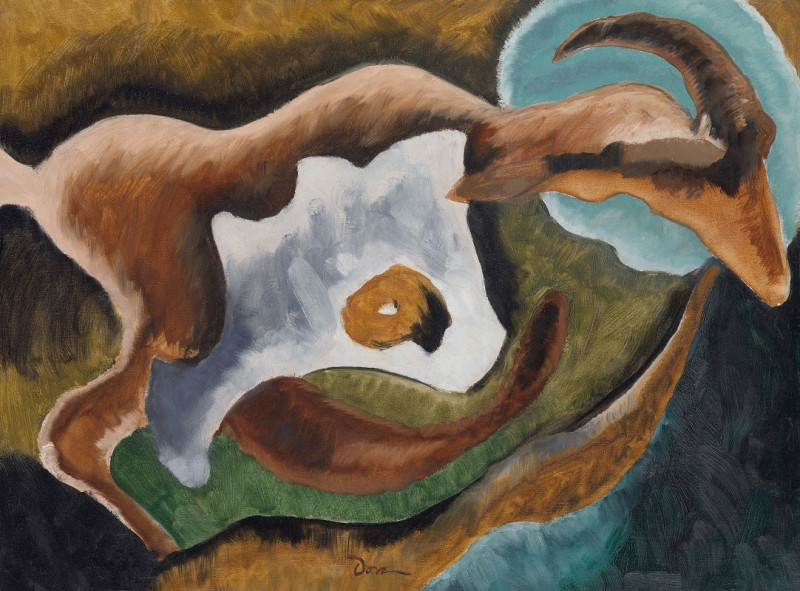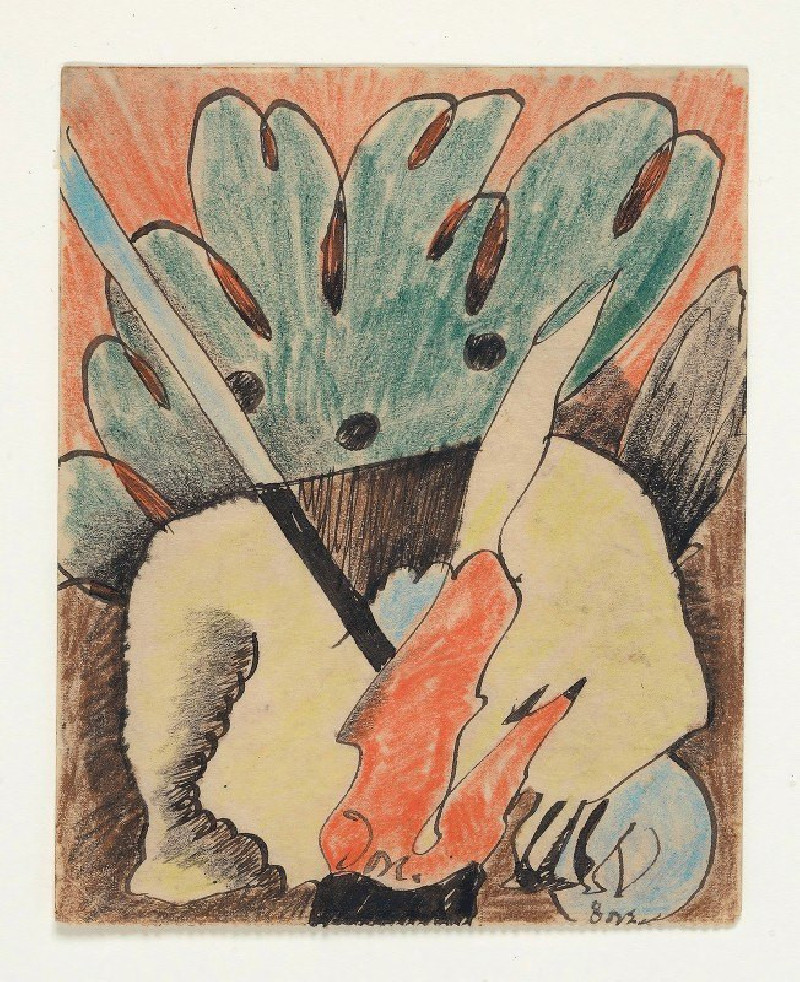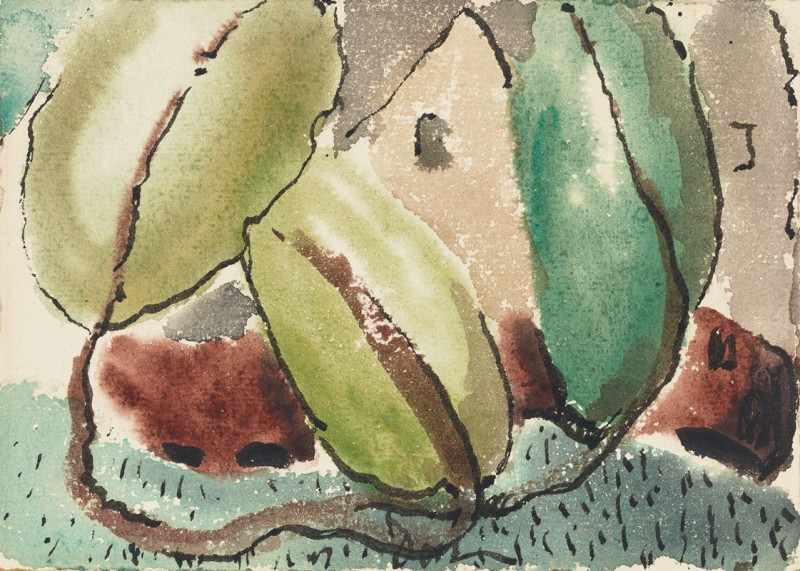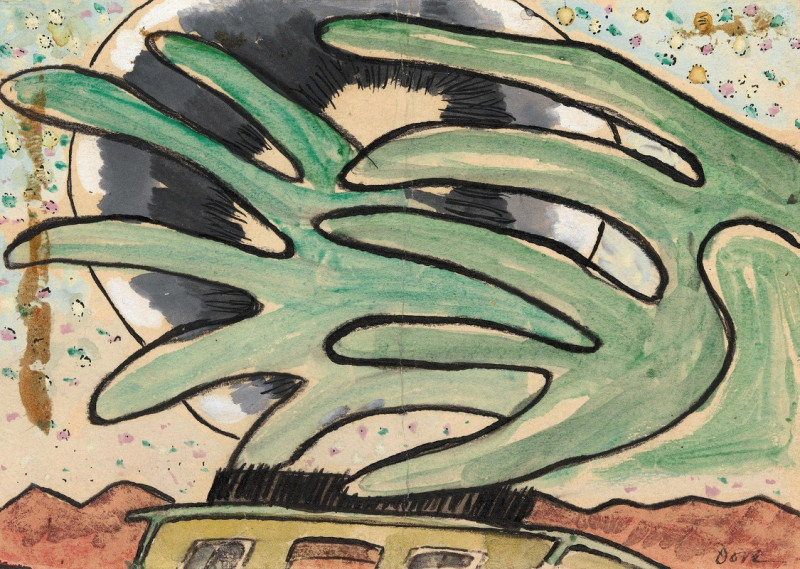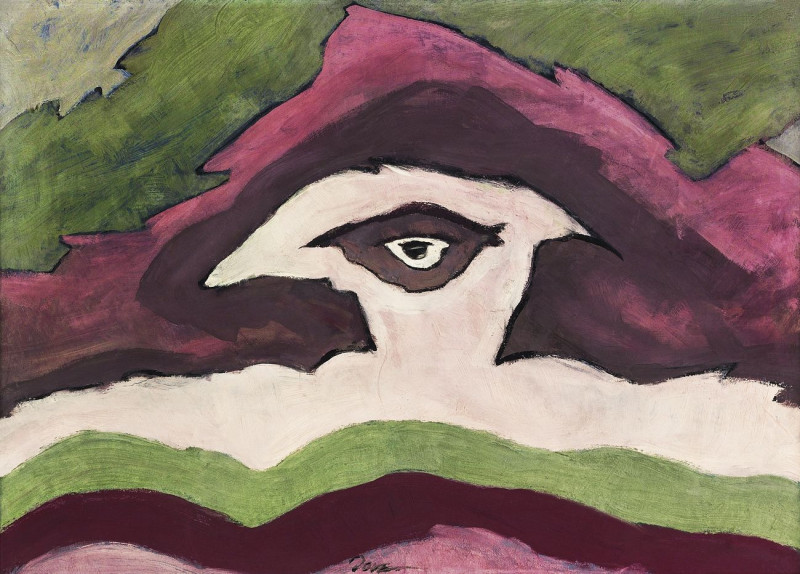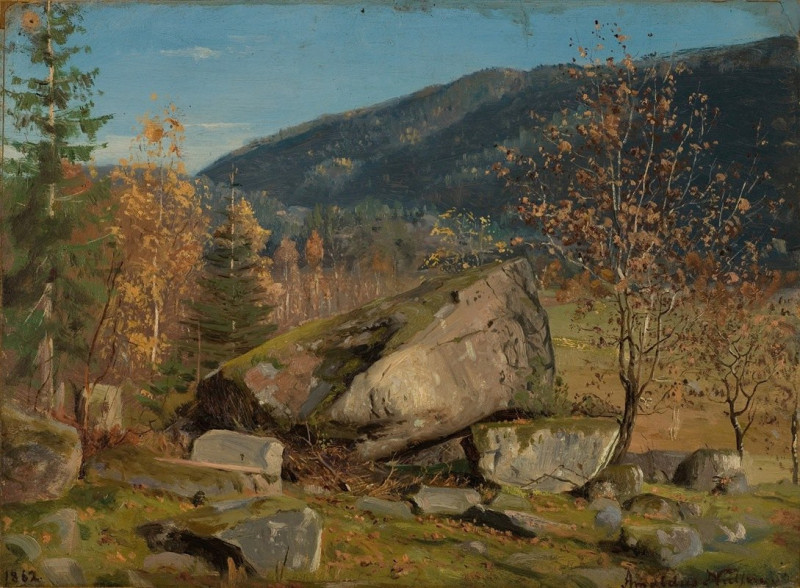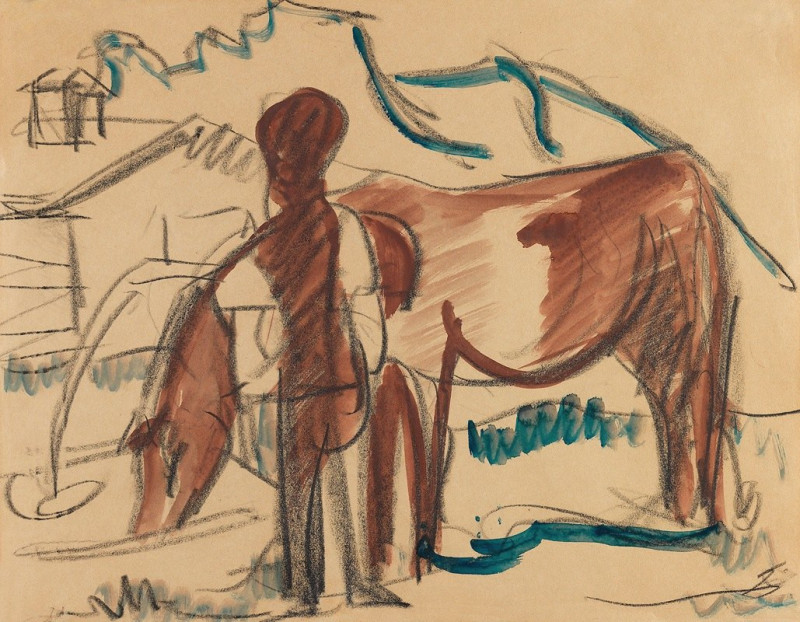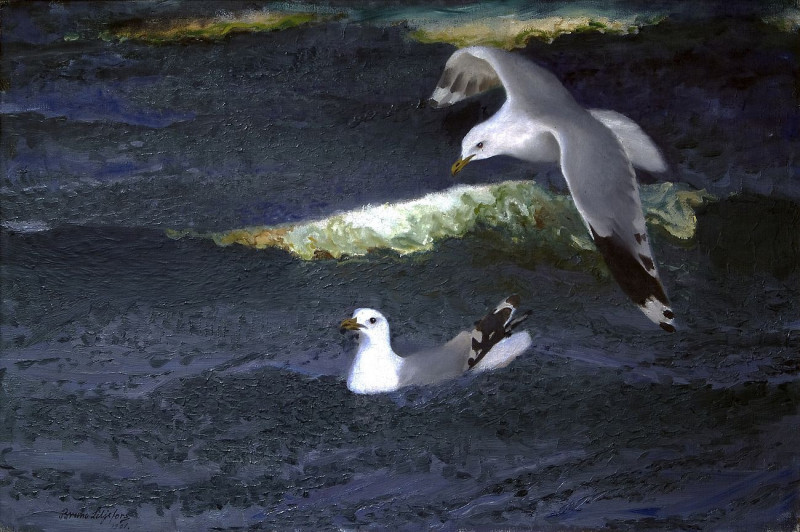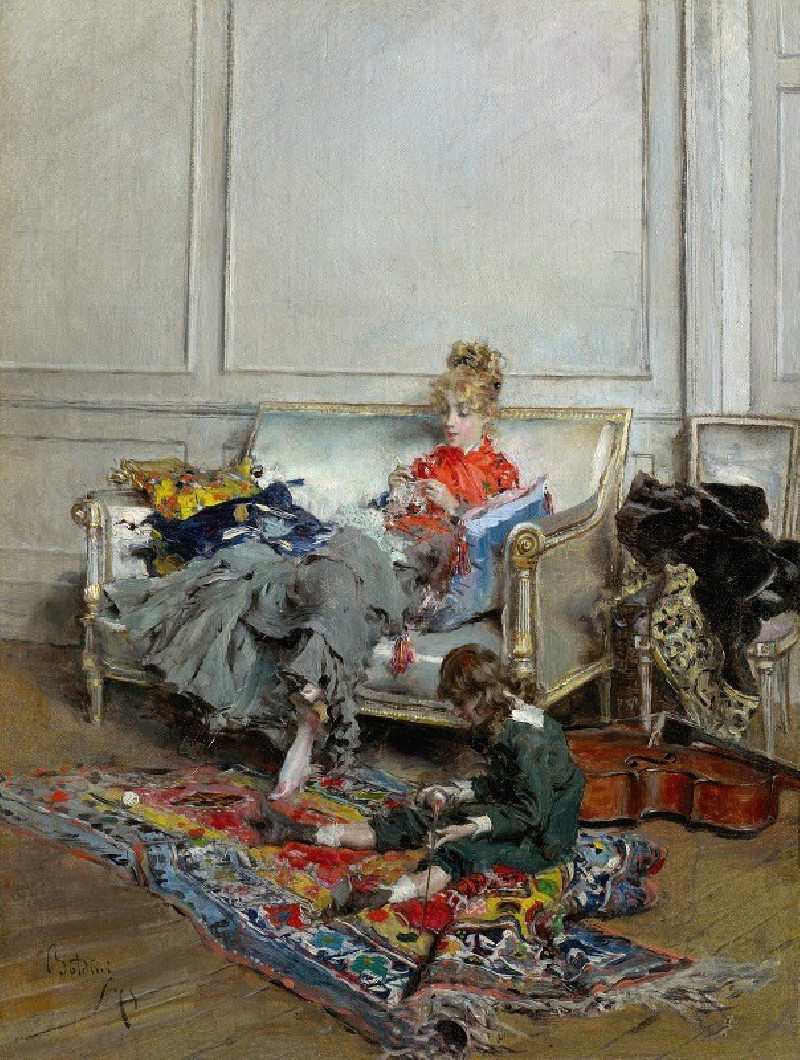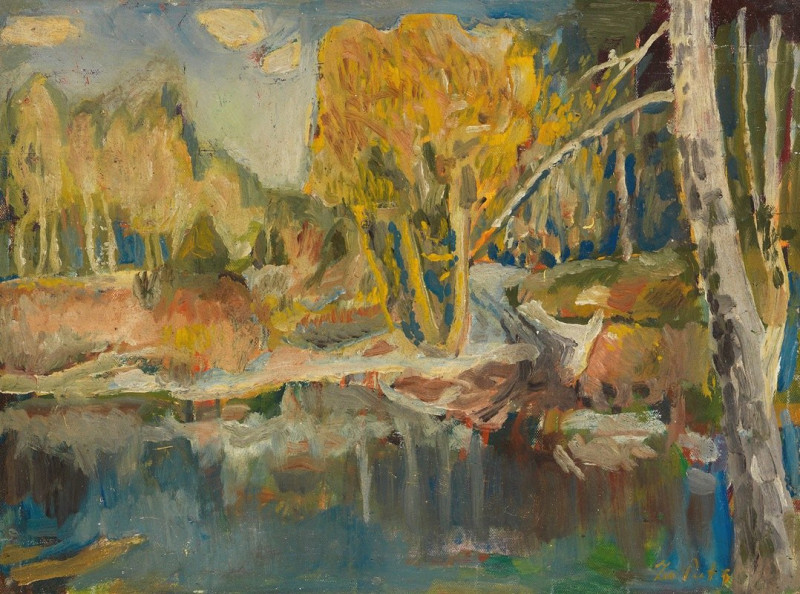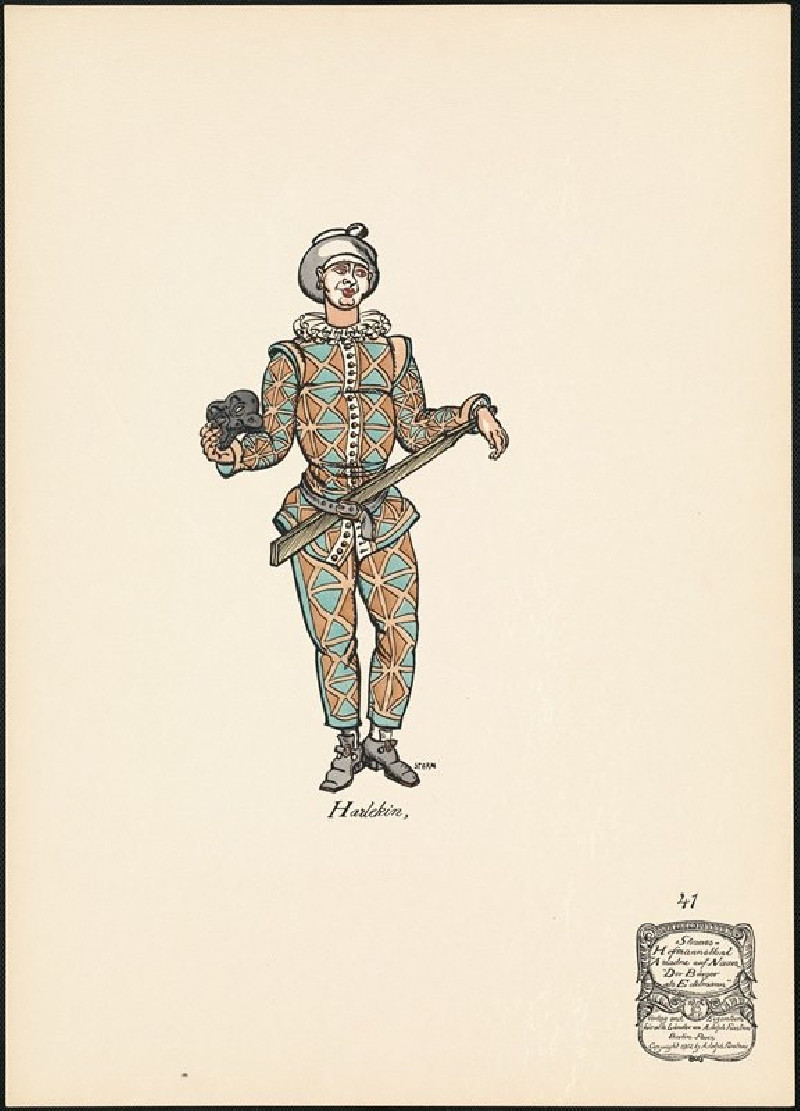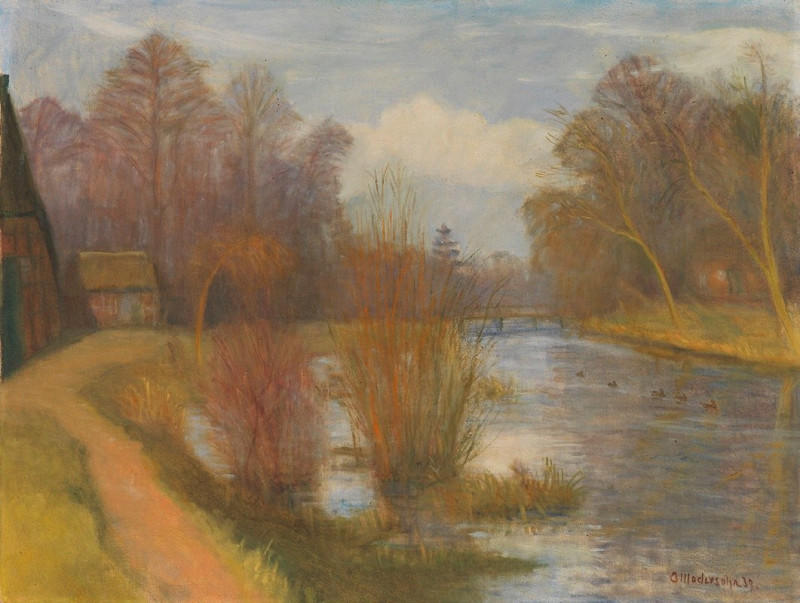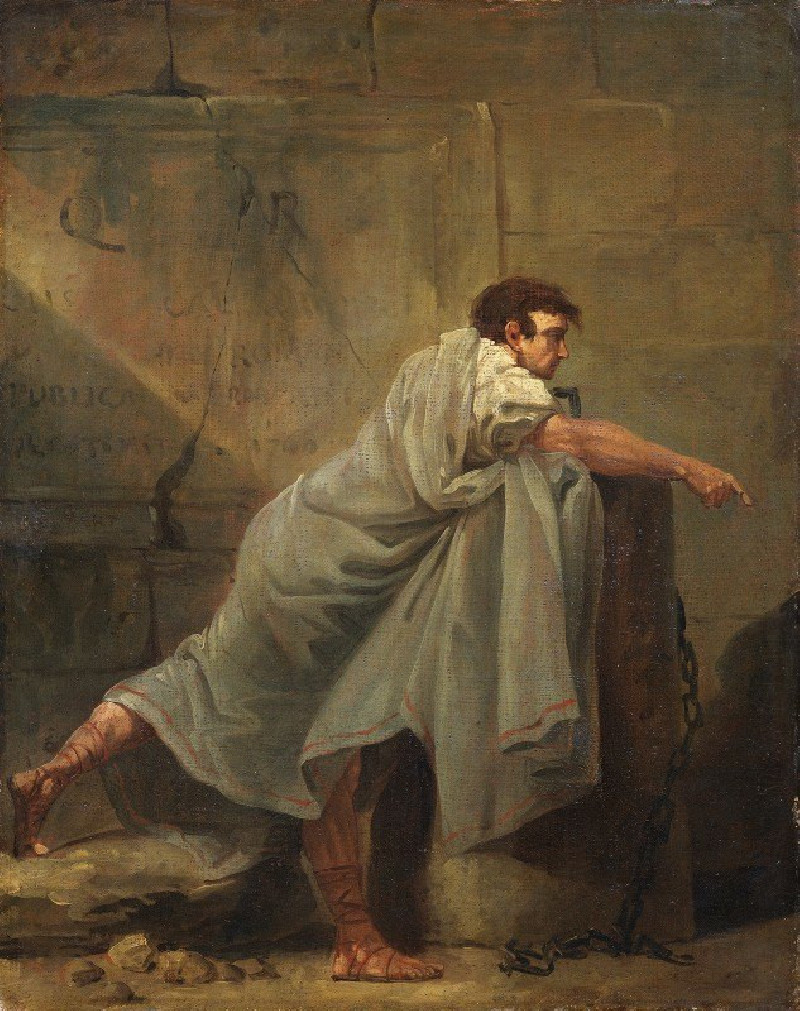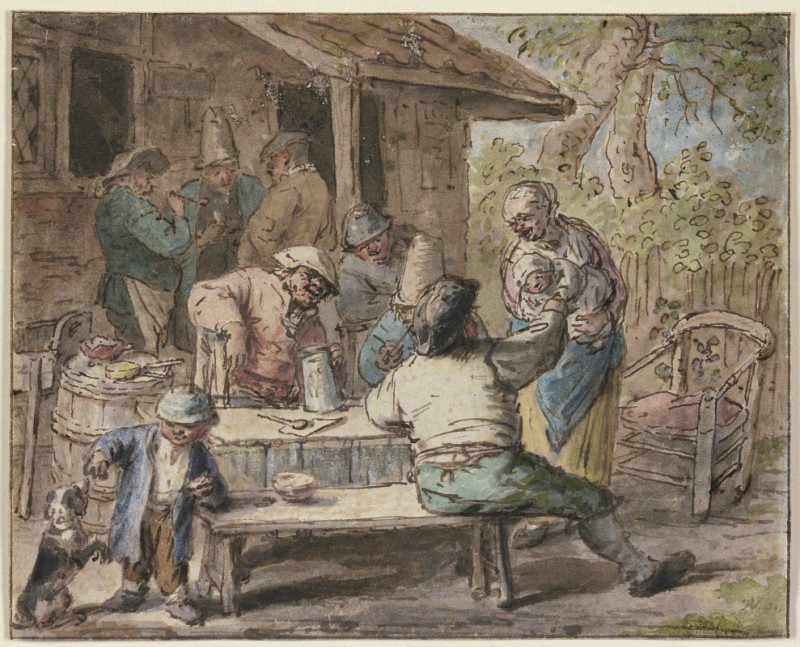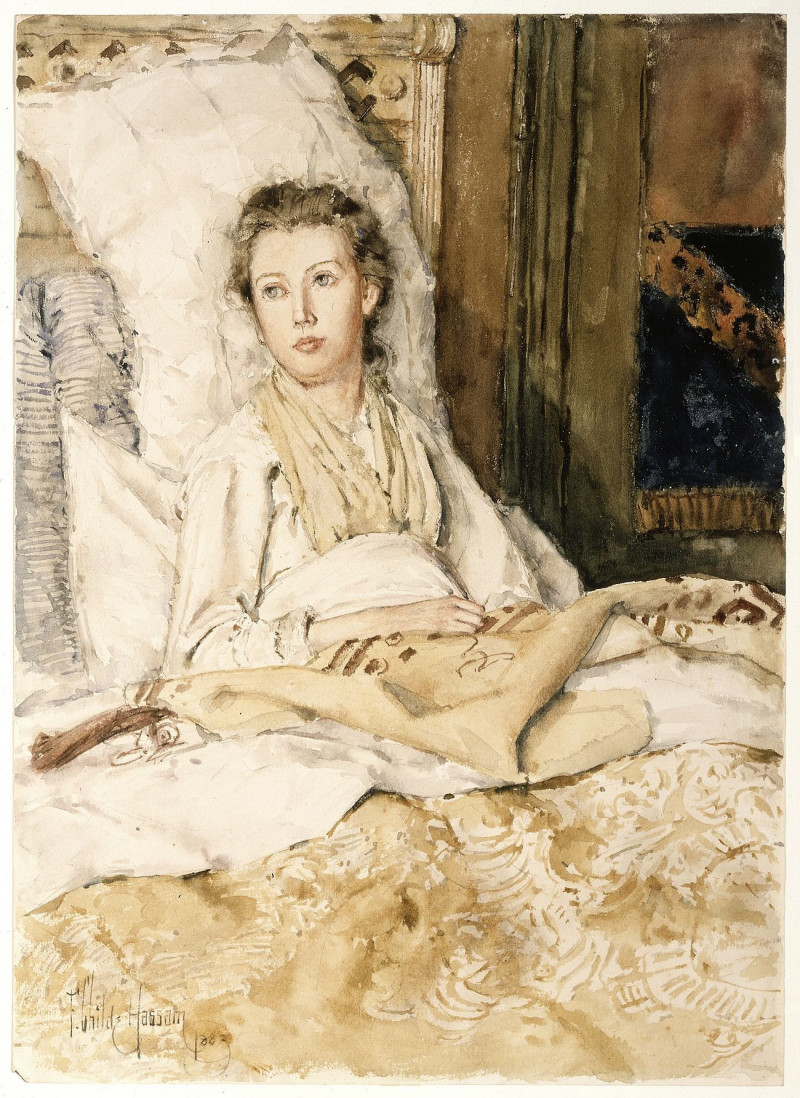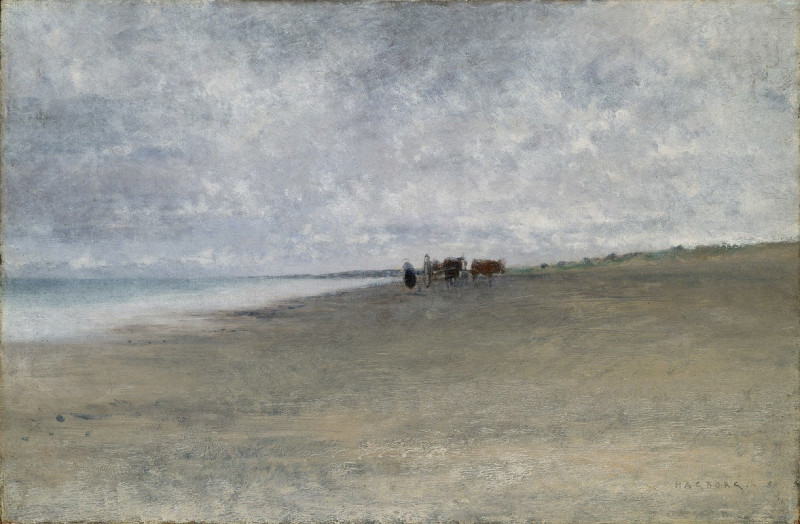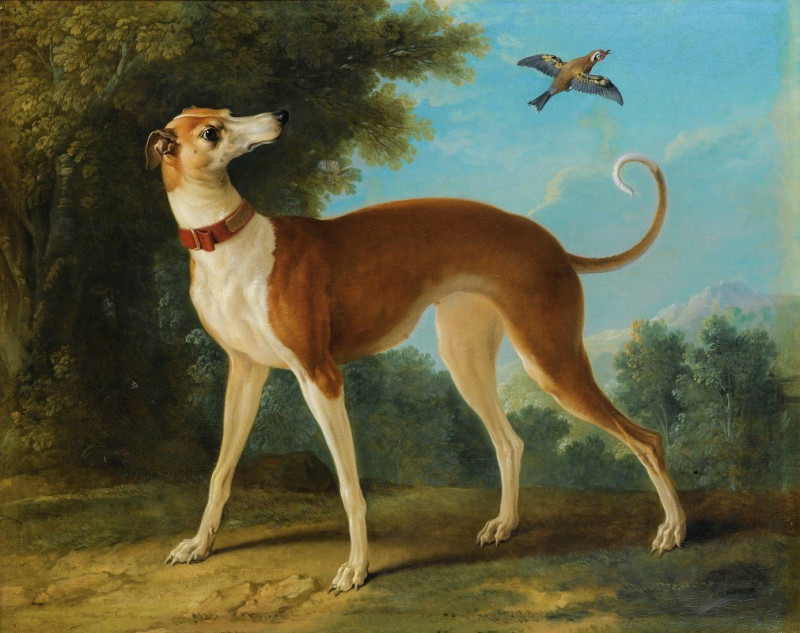Arthur Dove'S Portrait Of Ralph Dusenberry
Technique: Giclée quality print
Recommended by our customers
More about this artwork
This painting by Arthur Dove, titled "Arthur Dove's Portrait of Ralph Dusenberry," is a striking example of abstract art that blends elements of collage and mixed media. The composition prominently features a wooden figure, which resembles a bird, placed against a backdrop of the American flag. This figure, made of pieces of wood with natural textures and colors, forms a sharp beak and a pointed wing that gives it a dynamic sense of movement.The background showcases the American flag in a somewhat abstract form with its bold stripes and a field of stars, suggesting a sense of patriotism or national identity. The earthy tones of the wood contrast vividly against the bright colors of the flag, creating a compelling visual tension.In the lower part of the composition, there's a small piece of sheet music with the question "Shall We Gather at The River?" This textual element adds a layer of depth, perhaps hinting at themes of gathering, community, or spirituality. It invites the viewer to consider the interconnectedness of music, national symbols, and personal identity, which are intertwined themes in this composition.Overall, Dove’s painting is visually engaging and rich with symbolic meaning, exploring themes of American identity, nature, and possibly personal connections to the figure it represents.
Delivery
Returns
Arthur Dove was a Modernist American artist well known for landscapes and abstract paintings. Dove produced commercial illustration works for magazines including Harper’s Magazine. After returning from Paris, Dove met Alfred Stieglitz who mentored him. During his life, he created a number of inventive and distinguishing artworks using stylize abstract forms, often representing nature including sunrise, trees, water, waterfall, and thunderstorm. Dove’s fame continued to grow after his death. He is said to influence the first generation of Abstract Expressionists, such as Jackson Pollock and Mark Rothko.

